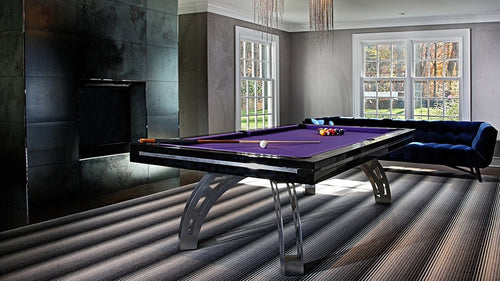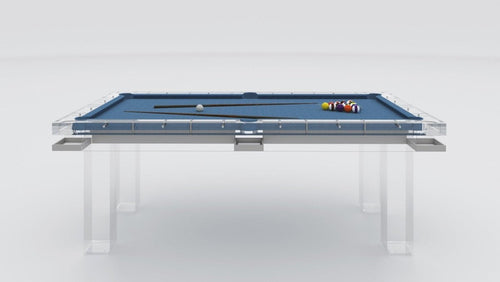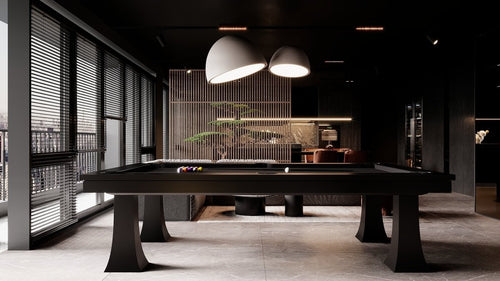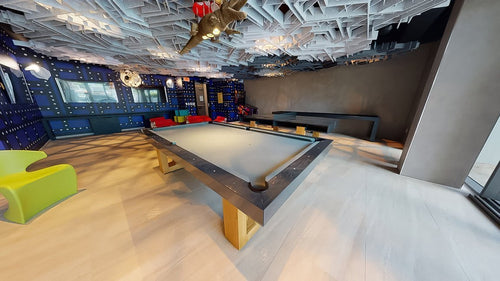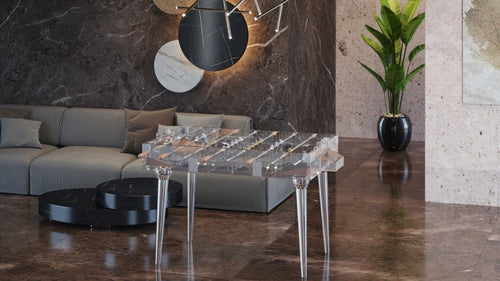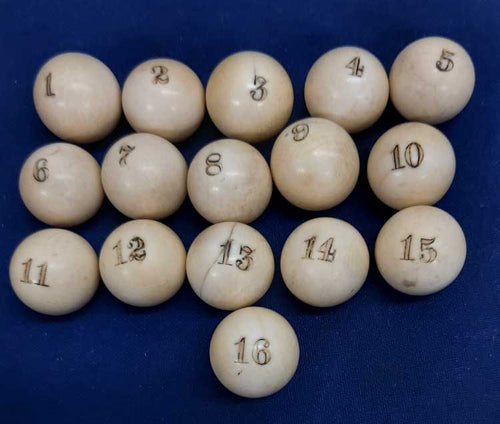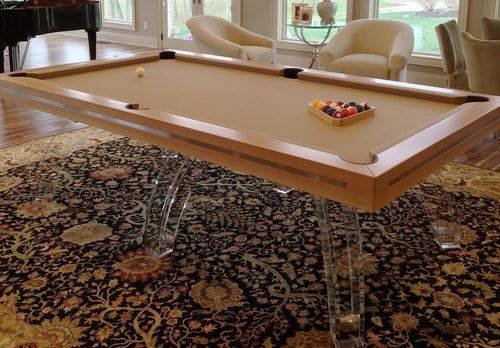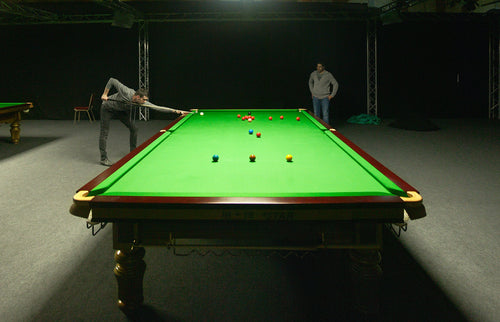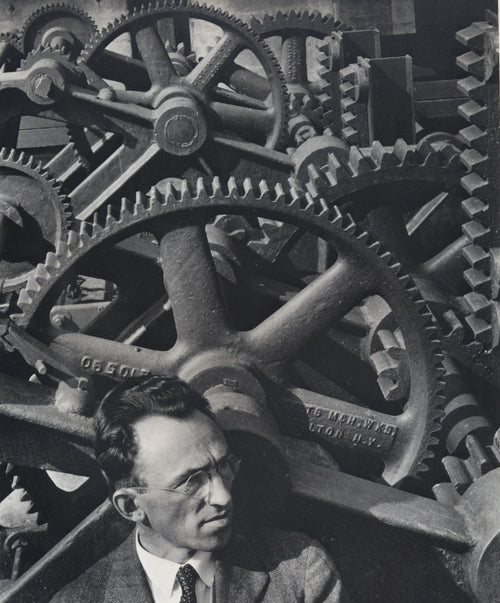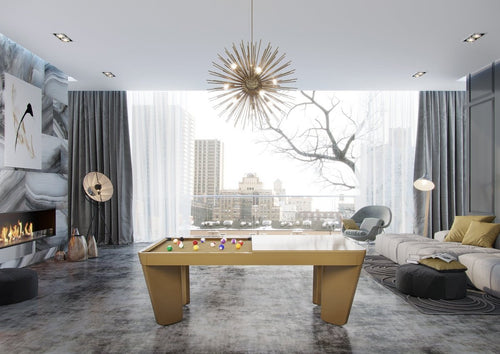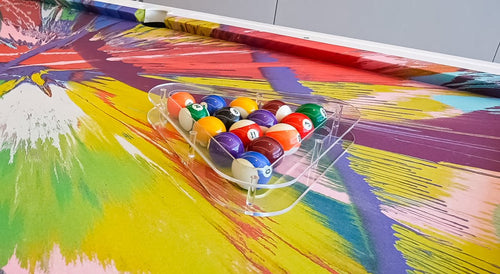Enjoy our modern designs
Estimated Read Time: 6 mins |
The Regency period saw British design balance Greek and Roman restraint with a playful fascination for the exotic—leaving behind interiors of elegant fantasy and eclectic inspiration.
The Regency style in Britain corresponds to the period between 1811 and 1830, when Prince George acted as Regent before becoming George IV. It bridges the end of the Georgian era and the innovations of the 19th century.
Regency design drew heavily from Neoclassicism, favoring Greek and Roman forms. But it also delighted in elements from Egyptian, Chinese, and Moorish sources, a reflection of Britain's expanding global reach and fascination with distant cultures. French Directoire and Empire influences are clear in Regency furniture. The style is best remembered for its vacillation between classical restraint and exuberant fantasy.
Architecture
- John Nash defined the era’s architecture. His Royal Pavilion in Brighton (1812–21), a pleasure palace for the Regent, is crowned with Moorish onion domes—pure exotic fantasy.
- Nash also designed elegant terraced houses with Greek-inspired details, white stucco walls, bow windows, and ornamental iron railings. These curved groupings, or crescents, are now icons of London and Bath.
- Sir John Soane blended Neoclassicism, decorative complexity, and light-filled, illusionistic interiors. His Bank of England work used arches and domes for drama; his own home (now a museum) experimented with transparency, colored light, and surprising spatial effects.
Interiors
- The Royal Pavilion’s interiors epitomize Regency exuberance: elaborate chandeliers, gas lighting, Chinese wallpaper, bamboo and gilded furniture, vibrant draperies, and boldly chromatic walls.
- Row house interiors typically maintained a refined Georgian restraint, favoring symmetry and proportion.
- Soane’s interiors pushed boundaries with unusual light effects, layered detail, and playful use of mirrors and glass.
Furniture
- Strongly influenced by French Directoire and Empire styles, Regency furniture also borrowed motifs from ancient Greek, Roman, Egyptian, Indian, and Gothic sources.
- Mahogany and rosewood (often as veneers) dominated, with decorative inlays, brass ornament, and occasional gilded or black finishes.
- Table and chair legs featured fanciful carvings—lions’ feet, winged griffins (monopodia), and other mythic creatures.
- Round and octagonal pedestal tables became common.
- Thomas Hope documented English Empire designs (1807), introducing winged sphinxes and Egyptian flourishes.
The Regency era closed as the 19th century’s technological and stylistic revolutions gained pace, ushering in the more eclectic, highly ornamental Victorian era.



